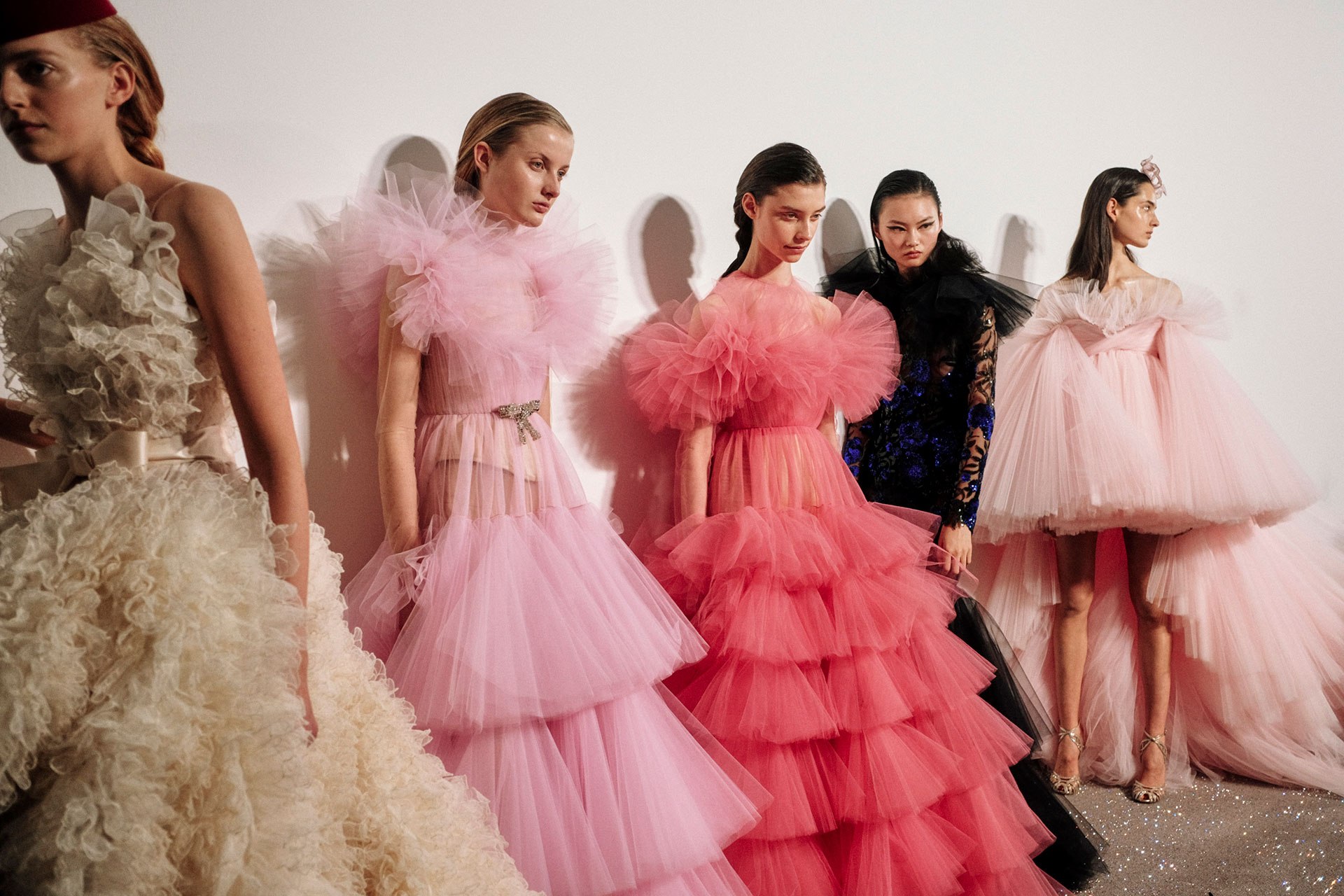Importance of Understanding Fashion Cycle
Understanding the fashion cycle is paramount for fashion professionals as it helps them anticipate trends, plan collections, and manage inventory effectively. For consumers, it provides insight into why certain styles become popular and how to navigate through the ever-changing landscape of fashion.

Phases of the Fashion Cycle
Introduction to Phases
The fashion cycle can be divided into several distinct phases, each with its own characteristics and implications.
Pre-Trend Phase
This phase involves the exploration and experimentation by designers and innovators. New ideas are born, and prototypes are developed, setting the stage for emerging trends. Discover about Select Fashion
Trend Phase
During this phase, trends start gaining traction and visibility. They are showcased in fashion shows, endorsed by celebrities, and featured prominently in the media. Consumer interest peaks, leading to widespread adoption of the trend.
Post-Trend Phase
In this phase, the trend reaches its saturation point. It becomes mainstream and loses its novelty. Fashion professionals shift their focus to the next emerging trend, marking the end of the current cycle.
Factors Influencing the Fashion Cycle
Factors Influencing Fashion Trends
Fashion trends are influenced by a myriad of factors, including socio-cultural, economic, and technological forces.
Socio-cultural Factors
Cultural movements, societal values, and individual expressions play a significant role in shaping fashion trends. Trends often reflect the prevailing attitudes and beliefs of a particular time and place. Learn about Cruise Fashion
Economic Factors
Economic conditions, such as income levels, consumer spending, and market demand, impact the fashion cycle. Economic downturns may lead to a shift towards more practical and affordable styles, while periods of prosperity may fuel demand for luxury goods.
Technological Factors
Advancements in technology, particularly in manufacturing and communication, have revolutionized the fashion industry. Innovations like 3D printing, e-commerce platforms, and social media have accelerated the pace of the fashion cycle, making trends more accessible and pervasive.
Impact of Fashion Cycle on Industry and Consumers
Impact on Fashion Industry
The fashion cycle profoundly influences various aspects of the industry, from production and supply chain management to marketing and retail strategies.
Production and Supply Chain
Fashion brands must align their production schedules with the fluctuating demands of the fashion cycle. Quick response manufacturing and agile supply chain practices have become essential for staying competitive in the fast-paced industry.
Marketing and Retail Strategies
Successful brands leverage the dynamics of the fashion cycle to create buzz around their products. They employ marketing tactics such as influencer collaborations, limited edition releases, and seasonal promotions to capitalize on emerging trends and drive sales.
Impact on Consumers
The fashion cycle shapes consumers’ purchasing behavior and influences their perceptions of style and identity.
Purchasing Behavior
Consumers are constantly exposed to new trends and styles through various channels, leading to frequent purchases and wardrobe updates. However, the rapid turnover of trends can also contribute to a culture of excess consumption and waste.
Social and Psychological Effects
Fashion trends often serve as symbols of status, belonging, and self-expression. Consumers may feel pressure to conform to prevailing trends or experience FOMO (fear of missing out) if they fail to keep up with the latest styles.
Sustainable Practices in Fashion Cycle
Introduction to Sustainability in Fashion
In recent years, there has been a growing awareness of the environmental and social impact of the fashion industry, prompting a shift towards more sustainable practices.

Importance of Sustainable Practices
Sustainability is no longer just a trend but a necessity for the future of fashion. Brands are adopting eco-friendly materials, reducing waste, and promoting ethical labor practices to minimize their carbon footprint and preserve natural resources.
Sustainable Fashion Initiatives
From eco-conscious collections to recycling programs, fashion brands are embracing sustainability in various forms. Consumers are increasingly prioritizing ethical and sustainable brands, driving demand for eco-friendly fashion options.
Conclusion
The fashion cycle is a dynamic and ever-evolving phenomenon that shapes the way we dress, consume, and perceive style. By understanding its nuances and influences, both industry professionals and consumers can navigate the world of fashion with insight and awareness.
FAQs
- What factors contribute to the emergence of fashion trends?
Fashion trends are influenced by a combination of socio-cultural, economic, and technological factors. These include cultural movements, economic conditions, technological advancements, and media influence.
- How does the fashion cycle impact consumer behavior?
The fashion cycle influences consumer purchasing behavior by shaping perceptions of style, identity, and social status. Consumers often feel pressure to keep up with the latest trends, leading to frequent purchases and wardrobe updates.
- Why is sustainability important in the fashion industry?
Sustainability is crucial for the future of the fashion industry as it helps minimize environmental impact, preserve natural resources, and promote ethical labor practices. By adopting sustainable practices, fashion brands can mitigate their carbon footprint and contribute to a more sustainable future.
- What are some examples of sustainable fashion initiatives?
Sustainable fashion initiatives include using eco-friendly materials, reducing waste through recycling and upcycling, promoting fair labor practices, and investing in renewable energy sources.
- How can consumers support sustainable fashion?
Consumers can support sustainable fashion by choosing brands that prioritize ethical and eco-friendly practices, shopping second-hand or vintage, minimizing waste through conscious consumption, and advocating for transparency and accountability in the fashion industry.
